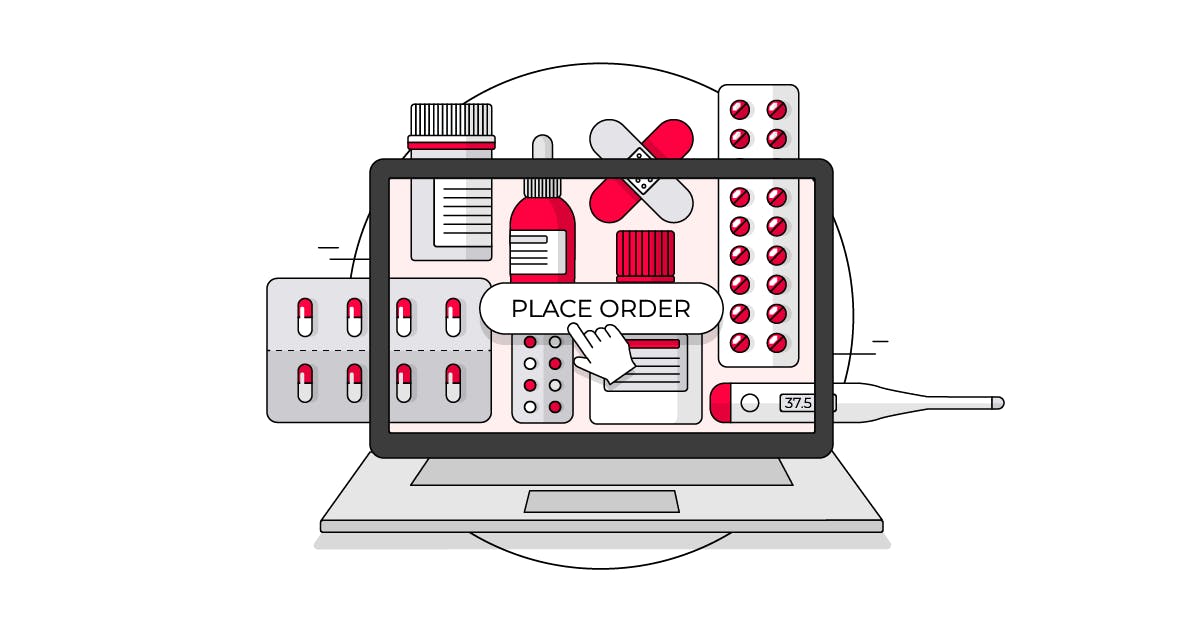In the age of Covid-19 and digitally-oriented healthcare engagement by both patients and healthcare professionals (HCPs), a pharma company’s web presence is more important than ever.
Sometimes referred to as ‘portals’, pharma websites are the means through which HCPs and the general public can access information about pharma products and research, and the experience they have with these sites plays a major part in how much trust they have in the company’s treatments. HCPs in particular may be more likely to prescribe a pharma company’s products if the website provides credible, educational information about treatments and patient support beyond the pill.
However, both HCPs and the general public often interact with pharma websites in fraught circumstances: HCPs are likely to be time-poor, without the patience or energy to navigate a cluttered interface to find the right information, while patients and other members of the public may be stressed and worried about their health, feeling inundated by piles of daunting information.
This makes a good website user experience (UX) vital, as it can greatly improve the interactions that visitors have with a pharma website and the impression that it, and thereby the company and its products, leaves them with. This article will cover some key best practices for putting users at the heart of a pharma website experience, with examples illustrating the points in action.




